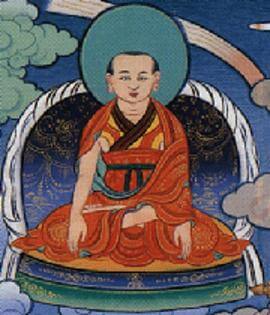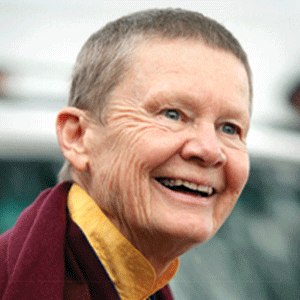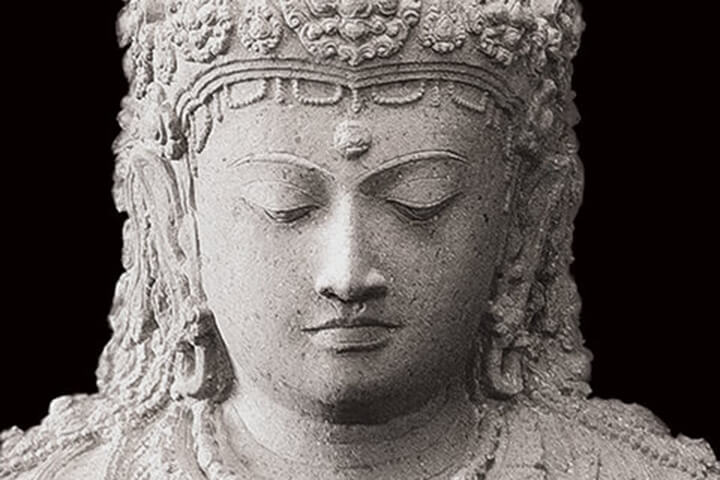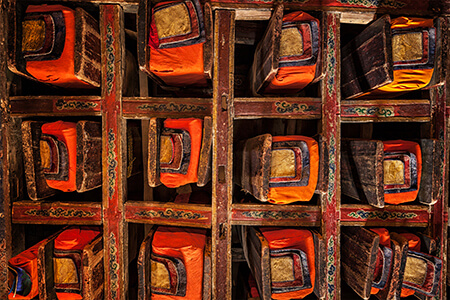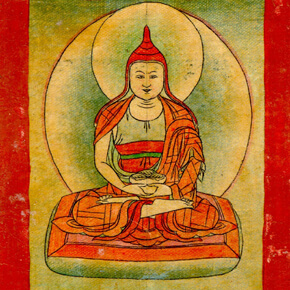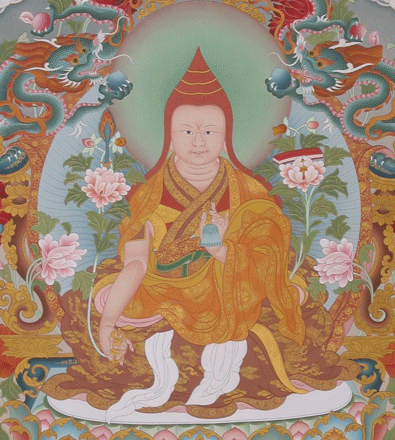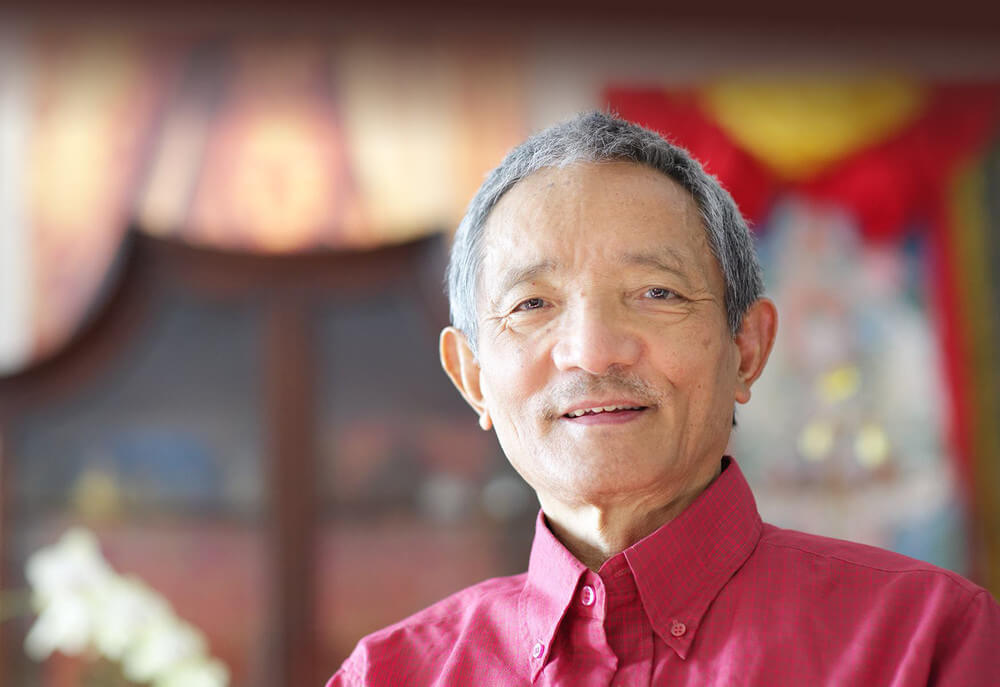Shantideva Guides
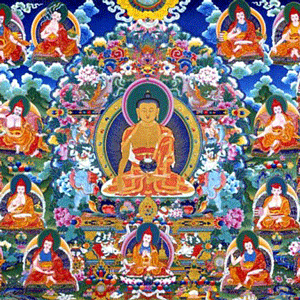
The Indian Masters Learn More Reader Guides to the Indian masters especially Important to Tibetan Buddhism See Also: Profiles of early Indian Mahayana figures | Tibetan Masters of the 8th Century | Tibetan Masters of the 10th-11th Centuries Indian Mahayana Masters from the 2nd-8th Centuries The Tibetan traditions all look back to India as the [...]
Continue Reading >> 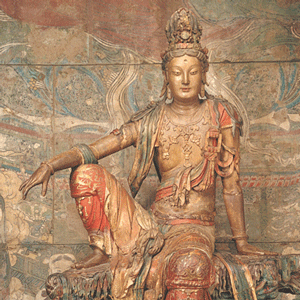
A Reader’s Guide to Shantideva and the Way of the Bodhisattva
Shantideva and The Way of the Bodhisattva Learn More A Reader's Guide to the Essential Work on the Bodhisattva Path A Reader's Guide to the Way of the Bodhisattva See Also: Profiles of early Indian Mahayana figures | Tibetan Masters of the 8th Century | Tibetan Masters of the 10th-11th Centuries Nagarjuna | Aryadeva | Asanga | Shantideva | Xuanzang | The Seventeen Pandits of Nalanda The great nineteenth-century [...]the Mahabodhi temple that marks the spot where the Buddha attained enlightenment. In July 2013, multiple bombs exploded in Bodh Gaya, India, in and around the holiest Buddhist pilgrimage site, the Mahabodhi temple that marks the spot where the Buddha attained enlightenment. In response, Shambhala Publications offers this free eBook consisting of excerpts from some [...]
Continue Reading >> 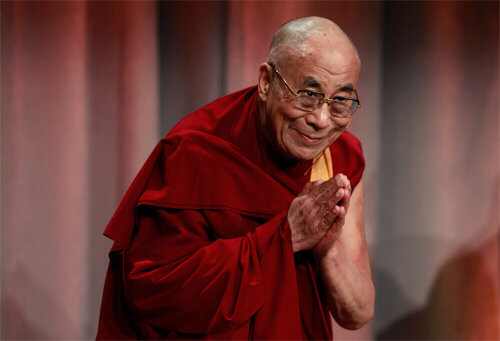
His Holiness the Dalai Lama's visit to Boston His Holiness the Dalai Lama gave an excellent teaching on Kamalashila's Stages of Meditation at MIT. Below are the texts mentioned by His Holiness in his talk. For those interested in going deeper, you will find them complementary to the teaching: Stages of Meditation - A commentary [...]
Continue Reading >> 
Image from http://www.rigpashedra.org/ His Holiness the Dalai Lama has often said that Tibetan Buddhism is none other than the Buddhism of India in the tradition of Nalanda, the great center of Buddhist learning that was located in present-day Bihar, India. Many of the greatest masters and scholars in Indian Buddhism resided-and often presided-at this [...]
Continue Reading >> 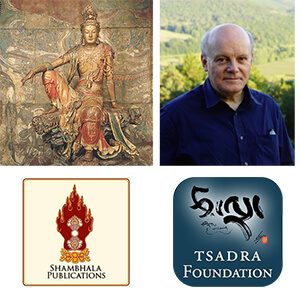
The Way of the Bodhisattva: An Immersive Workshop in Boulder May 18-22, 2016
[Note, this event occurred in the past and the videos are all available on this site for free.] Few texts are more frequently taught and quoted, have as colorful a history, and as much relevance to Buddhists today more than the eighth-century Indian Buddhist monk Shantideva's The Way of the Bodhisattva. The Dalai Lama has said [...]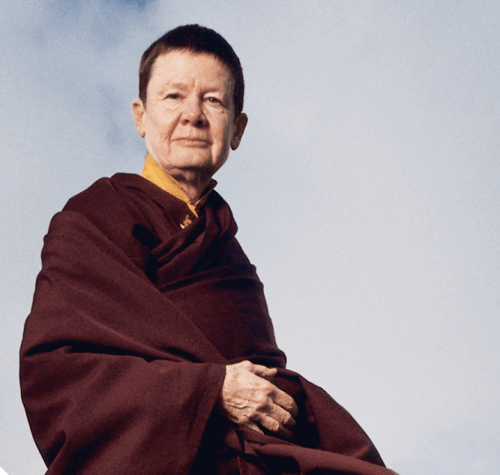
The practice of "remaining like a log " is based on refraining, not repressing. When you realize you're thinking, just acknowledge that. Then turn your attention to your breath flowing in and out, to your body, to the immediacy of your experience. Doing this allows you to be present and alert, and thoughts have a [...]
Continue Reading >> 
by Nikko Odiseos The text with the Sanskrit title Bodhicharyavatara (shortened from the longer Bodhisattvacharyavatara) - usually known in English as either The Way of the Bodhisattva or A Guide to the Bodhisattva's Way of Life - is by far the best-known work attributed to the eighth-century Indian monk Shantideva. It would be impossible [...]
Continue Reading >> A Resource Guide for The Way of the Bodhisattva* We are pleased to share the following resources for the Bodhicharyavatara, or The Way of the Bodhisattva. Readers Guide - A guide to the many translations, commentaries, and deep dives into specific chapters published by Shambhala Publications and others. A Brief History - A very brief history of this [...]
Continue Reading >> 
The Story Behind the Bodhicharyavatara The text with the Sanskrit title Bodhicharyavatara (shortened from the longer Bodhisattvacharyavatara)—usually known in English as either The Way of the Bodhisattva or A Guide to the Bodhisattva’s Way of Life—is by far the best-known work attributed to the eighth-century Indian monk Shantideva. It would be impossible to adequately summarize its importance and impact in [...]
Continue Reading >> 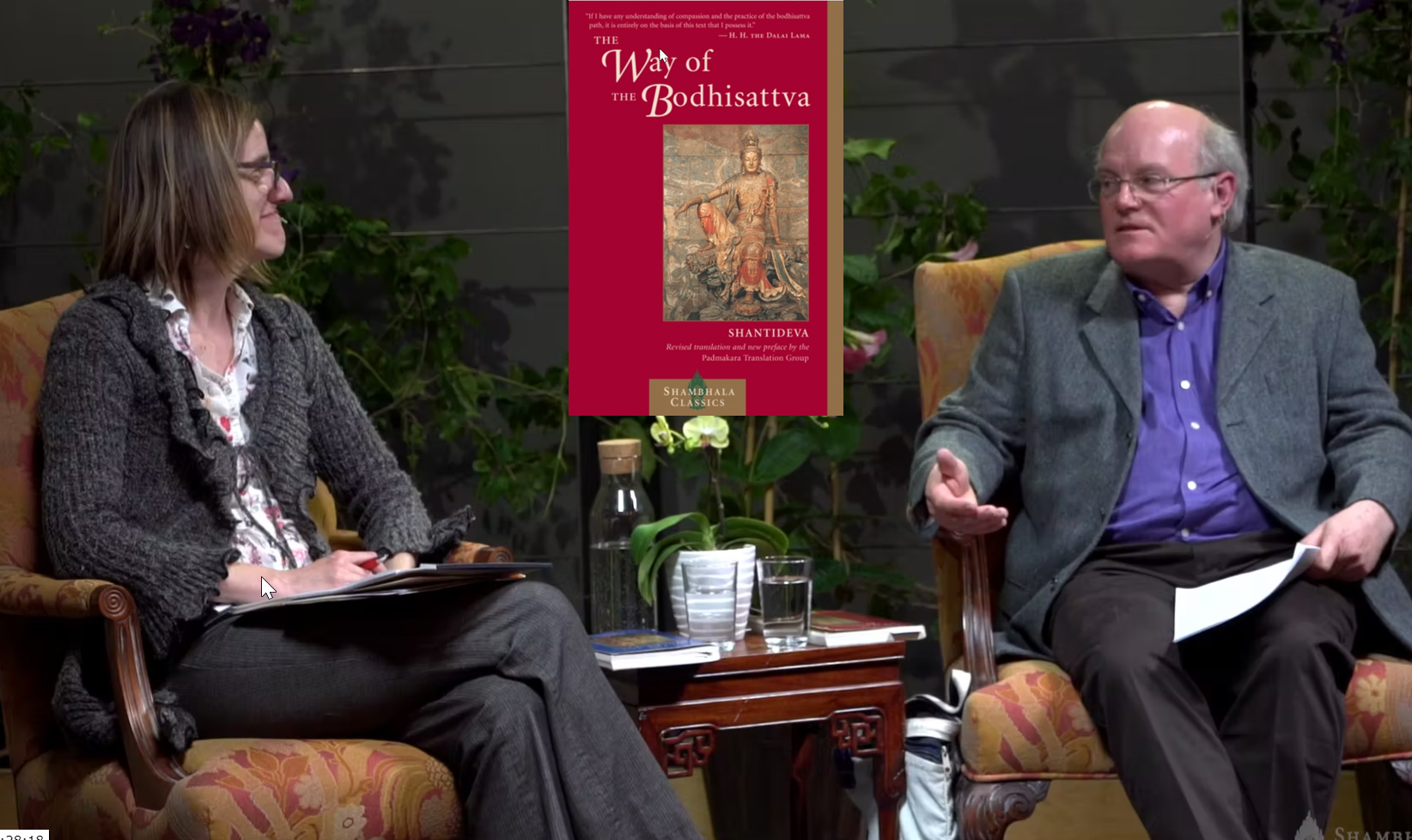
This talk with Wulstan Fletcher of the Padmakara Translation Group, facilitated by CU Professor Holly Gayley, will be of great interest not just for translators—for whom it will be invaluable—fbut for any practitioners or scholars interested in the transmission of Buddhism in the west. The talk focuses on the translation of the text itself and [...]
Continue Reading >> 
